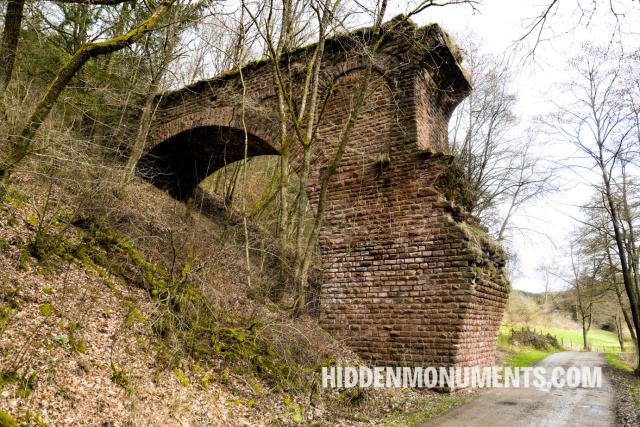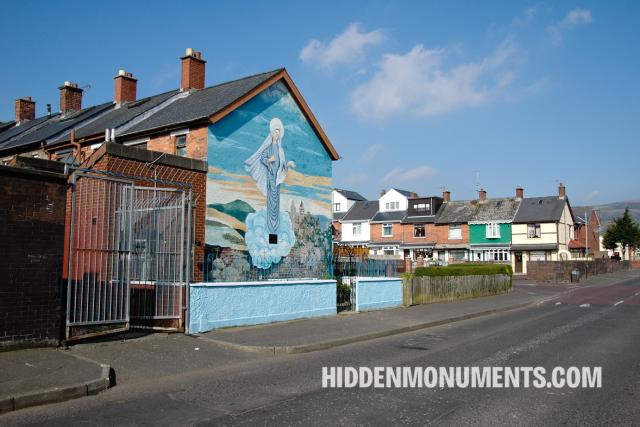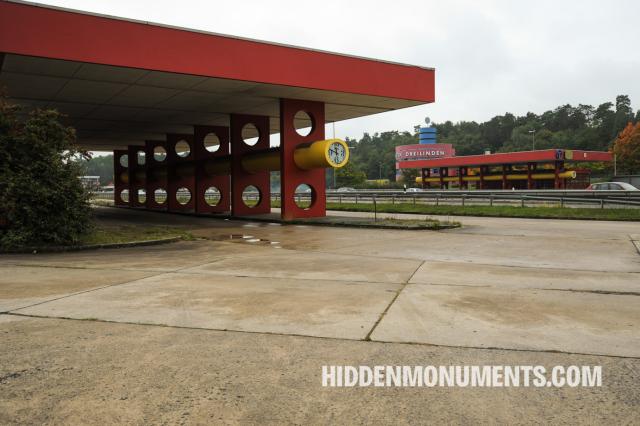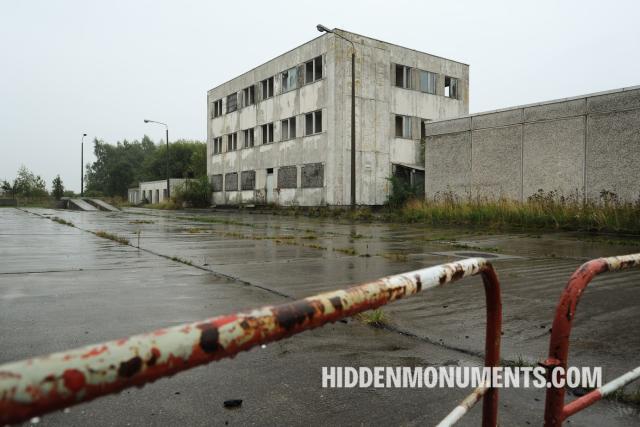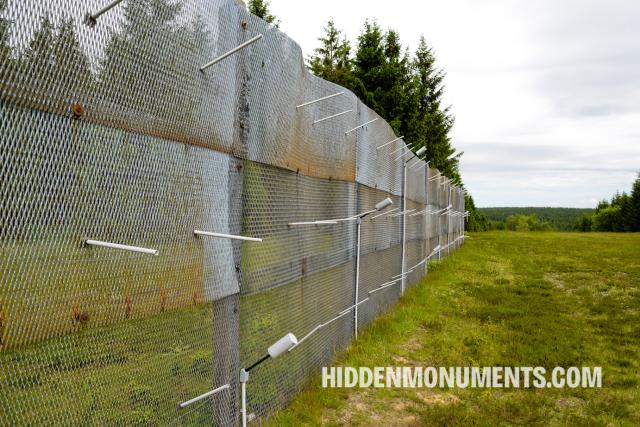The German army fenced off the border between Belgium and the Netherlands from 1915 with a three-wire fence. Electric current of 2,000 volts was rushed through the middle wire.
Borders
Discover Europe's most fascinating border landmarks, where history, culture, and geography intersect.
- 19 destinations
The Schengen Agreement has allowed free movement of people within the European Union since 1992. As internal borders disappeared, customs posts along the border became utterly useless.
In the 20th century, the French commune of Bachy had more than 40 customs officers keeping an eye on the train station and along the approach roads from Belgium.
Railway line 47, the section of the Vennbahn between Sankt Vith and Troisvierges, was commissioned in late 1889 and crossed the Our River via a brick viaduct near the German village of Hemmeres.
During the First World War, the German army erected a high-voltage barrier of over three hundred kilometres from Knokke to the Three-Country Point near Aachen: the Wire of Death.
A monumental bonded warehouse was built in 1902 at the Essen border station along railway line 12 between Antwerp (Belgium) and Roosendaal in the Netherlands.
Pagination
Latest from the blog
Do these monuments ring a bell with you? You might recognise the locations of films and series such as Doctor Who, Babylon Berlin, and Dark.
All photos and stories are copyrighted. Of course, linking to articles on the site is possible and allowed.
If you would like to use photos or articles from this website, please contact bart@hiddenmonuments.com.
© 2003-2024 Hiddenmonuments.com



